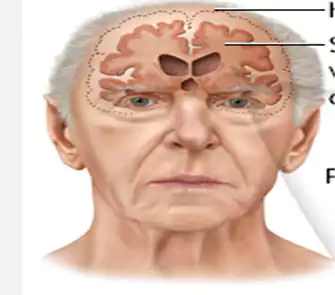For years they were flukes of the Alzheimer’s world: elderly people who died at an advanced age and, according to postmortem examinations, with brains chock-full of amyloid plaques and tau tangles, the protein fragments whose presence in the brain is the hallmark of the disease. Yet these brains were off-script. Although Alzheimer’s orthodoxy says these sticky protein clumps between and inside nerve cells destroy synapses and kill neurons, causing memory loss and cognitive decline, these individuals thought and remembered as well as their amyloid- and tau-free peers.
Because so few people donate their brain to science, it was never certain how many died with the hallmark of Alzheimer’s but never developed the disease. And there were always suspicions that maybe these seemingly resilient people did have at least mild Alzheimer’s, or would have developed it eventually; since they were no longer alive to test and track, that couldn’t be ruled out.
A funny thing happened on the way to studying brain scans to detect amyloid and tau, a $184 million government and private project called the Alzheimer’s Disease Neuroimaging Initiative. While the jury is still out on whether detection of those rogue protein fragments benefits patients (especially since there are no drugs that even slow the progression of the disease), ADNI and other large studies have unexpectedly shown something else. Not only do resilient individuals exist, but they’re not that rare.
About 30% of older adults have brains littered with enough amyloid or tau, or both, to qualify for an Alzheimer’s diagnosis but without so much as a hint of dementia, said neuroscientist Timothy Hohman of Vanderbilt University Medical Center, who is leading the largest-ever study to identify genetic explanations for that resilience.
“You can have abundant plaques and tangles without having Alzheimer’s disease,” agreed neurologist Rudy Tanzi of Massachusetts General Hospital. “The challenge is to figure out how. If we can, then the goal would be to mimic what these resilient people have with some kind of a drug.”
The National Institute on Aging has funded its Resilience-AD Program, which began in 2017, with $40 million in an effort to identify genetic and other factors that keep Alzheimer’s at bay even in people whose brains scream “Alzheimer’s,” and to somehow bottle that resilience.









